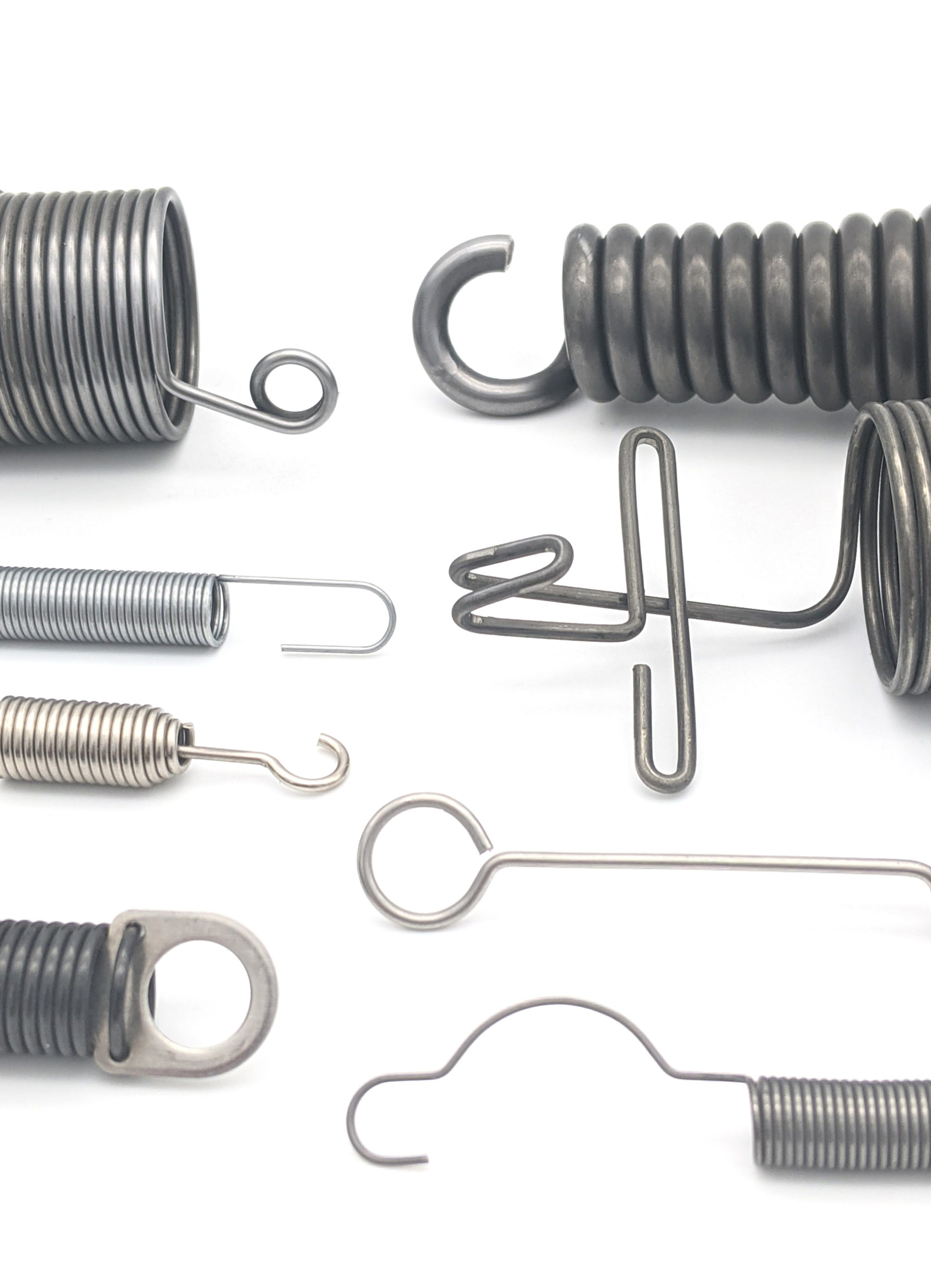Get unique, complex parts easily. No matter your requirements, Chaoyi Spring creates hard-to-produce coil springs and wire forms.
Let us help you create the custom wire form you need, from S-hooks and J-hooks to utility hooks and more.
We work closely with customers across a wide range of industries, helping them design and manufacture made-to-order parts.
Why choose Chaoyi Spring? We prioritize customer-focused collaboration, modern equipment and the latest technology to make your parts per print.
Find the information and guidance you need, from measuring a spring to learning about materials, placing an order and much more.
Coil springs are ubiquitous in our daily lives, silently performing essential roles in countless applications. From the suspension systems of our vehicles to the mechanisms of our everyday devices, coil


Coil springs are ubiquitous in our daily lives, silently performing essential roles in countless applications. From the suspension systems of our vehicles to the mechanisms of our everyday devices, coil springs provide support, absorb shock, and store energy. However, their functionality often goes unnoticed until we need to compress them. In this article, we delve into the mechanics of compressing a coil spring, exploring the forces involved, the factors affecting compression, and its various applications in engineering and beyond.

At its core, compressing a coil spring involves applying an external force to reduce its length. This force causes the spring's individual coils to come closer together, overcoming the inherent resistance to deformation. The resistance to compression is directly proportional to the spring's stiffness, known as the spring constant. A stiffer spring requires more force to compress, while a more flexible spring compresses more easily.
The force required to compress a coil spring is governed by Hooke's Law, a fundamental principle in physics. This law states that the force needed to compress a spring is directly proportional to the amount of compression. Mathematically, it can be represented as:
F = kx
Where:
As the force increases, the spring compresses further. This relationship is linear within the elastic limit of the spring material. Beyond this limit, the spring may experience permanent deformation, losing its ability to return to its original shape.
Several factors influence the compression of a coil spring, each contributing to its overall behavior:
Compressing a coil spring finds application in diverse fields, including:
Compressing a coil spring is a fundamental mechanical process with numerous applications in engineering and beyond. Understanding the factors influencing compression allows us to design and optimize systems that leverage the unique properties of coil springs. From absorbing shocks to storing energy, coil springs continue to play a vital role in our modern world, silently supporting countless functionalities that make our lives easier, safer, and more efficient.
While seemingly simple, the process of compressing a coil spring involves intricate mechanics and nuanced considerations. From Hooke's Law governing the force-displacement relationship to the interplay of material properties and geometric factors, a comprehensive understanding of these aspects is key to harnessing the full potential of these versatile components. Whether in advanced mechanical systems or everyday objects, coil springs continue to demonstrate their enduring significance in our technological landscape.
Browse some of the custom wire forms and springs that we manufacture. Don’t see what you need? We specialize in made-to-order products that meet your application requirements.
Visit Our GalleryNeed a custom wire form or coil spring? We make it work. Fill out the contact form and a representative will respond within 1 business day. If you have a PDF or CAD file, you can submit to request a quote.